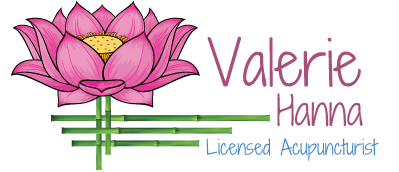Cupping therapy involves the placement of glass or plastic cups in which a vacuum has been created onto the surface of your skin. The vacuum creates suction within the cups, which can be fairly strong or weak, depending on your therapeutic need. Cupping does its work like a reverse massage, in which a massage heals by pushing on your muscles and tissue, but cupping heals by pulling.
Cupping works as a healing therapy in a number of ways:
-The pulling motion of cupping helps to separate sticky connective tissue, which is the culprit behind muscle knots, tight muscles, and muscle soreness.
-Cupping opens the pores in the area that’s been treated, allowing toxins to be released from your body.
-Cupping loosens tight muscles and speeds healing in pulled or overused muscles.
-Circulation is increased in the areas that have been cupped, allowing healing nutrients and oxygen to flow more freely to speed the healing process.
What to Expect
Most frequently, cups are applied to your back and shoulders, but may be used on areas such as your arms, legs, and upper chest. There are two methods of creating a vacuum in the cups. One is through the use of a pump, which pulls the air out of cups that have been placed on your skin. The other method is to light a cotton ball soaked in alcohol and place it in the cup until the air has been used up, then the flame is removed and the cup is quickly placed on your skin.
The cups are usually left in place for 10 to 15 minutes. Most people feel the cups pulling, but don’t describe it as painful. At the end of the treatment, the cups are removed. It’s important to note that the suction created by cupping breaks the small capillaries underneath, leaving what looks like a large round bruise. These marks resolve in about a week, but if you have an important event and don’t want marks, you may want to postpone cupping for another time.
